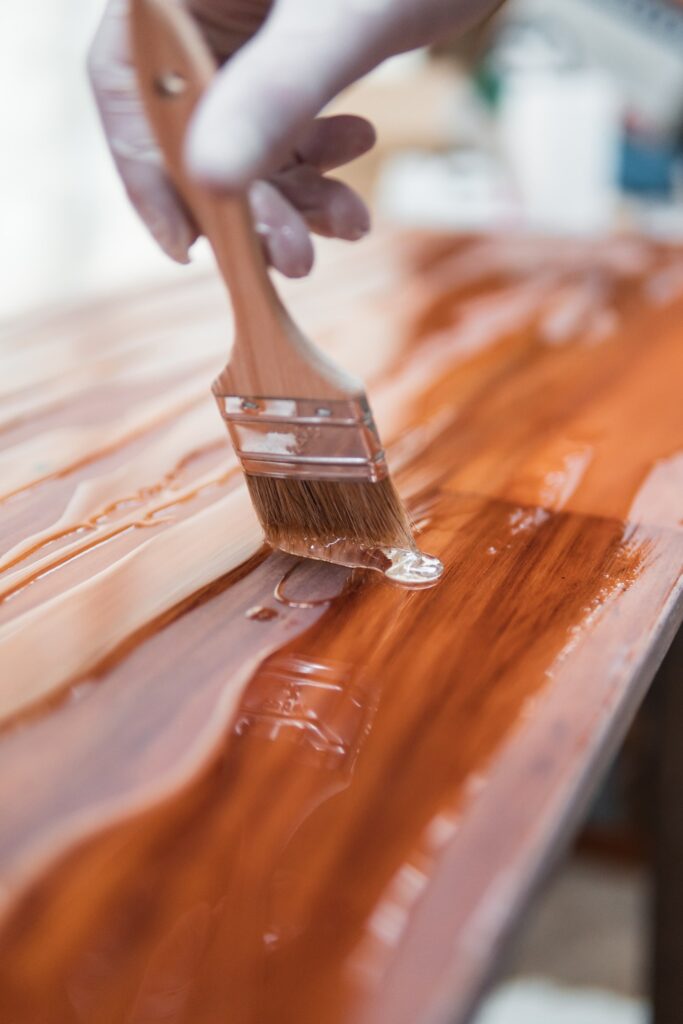Investing in a Gold IRA (Individual Retirement Account) can be a smart way to diversify your retirement portfolio and protect your wealth against economic uncertainties. Gold has been valued for centuries for its ability to retain value, especially during times of inflation or financial instability. A Gold IRA allows you to include physical gold, as well as other precious metals like silver, platinum, and palladium, in your retirement savings. In this guide, we will walk you through the steps involved in setting up and investing in a Gold IRA, the benefits and risks associated with it, and tips for making the most of your investment.
1. Understanding a Gold IRA
A Gold IRA is a self-directed IRA that allows you to invest in physical gold, rather than the more traditional assets like stocks, bonds, or mutual funds. The IRS has specific regulations regarding what types of gold you can invest in and how it must be stored. Typically, only gold that meets certain purity standards (e.g., 99.5% pure for gold bars) is eligible for inclusion in a Gold IRA. The gold must also be stored in an IRS-approved depository to ensure its security and compliance with tax laws. Understanding this is how you avoid penalties in gold IRA investments.
2. Why Invest in a Gold IRA?
Investing in a Gold IRA can offer several benefits:
- Diversification: Gold is often considered a safe haven asset that can balance out riskier investments in your portfolio. This diversification can help protect your overall wealth during market downturns.
- Inflation Hedge: Gold has historically maintained its value over time, making it an effective hedge against inflation. As the cost of living increases, the value of gold typically rises, preserving your purchasing power.
- Economic Stability: During times of economic uncertainty, such as recessions or geopolitical tensions, gold often outperforms other investments. It acts as a buffer against the volatility of the stock market.
3. Steps to Invest in a Gold IRA
Investing in a Gold IRA involves several key steps. Let’s explore each one in detail:
Step 1: Choose a Reputable Gold IRA Custodian
The first step in setting up a Gold IRA is selecting a custodian to manage your account. A custodian is a financial institution that is approved by the IRS to hold and safeguard your gold and other precious metals. They are responsible for ensuring that your investments comply with IRS regulations. When choosing a custodian, consider factors such as:
- Reputation and Experience: Look for a custodian with a strong reputation and extensive experience in managing Gold IRAs. Read reviews, check their ratings with agencies like the Better Business Bureau, and ask for references.
- Fees and Charges: Custodians typically charge fees for setting up and maintaining your Gold IRA. Compare fee structures, including setup fees, annual maintenance fees, and storage fees.
- Customer Service: Ensure the custodian offers excellent customer service and is responsive to your needs. Good communication is essential when managing your retirement investments.
Step 2: Fund Your Gold IRA
Once you’ve chosen a custodian, the next step is to fund your Gold IRA. You can do this in several ways:
- Rollover: If you have an existing IRA or 401(k), you can roll over part or all of the funds into your new Gold IRA. This process is tax-free if done correctly, and it allows you to diversify your retirement assets into gold without liquidating your current investments.
- Transfer: You can transfer funds from an existing IRA directly into your Gold IRA. This is also a tax-free process and involves your custodian transferring the funds on your behalf.
- Cash Contribution: You can make a cash contribution to your Gold IRA, subject to the annual contribution limits set by the IRS.
Step 3: Choose Your Gold Investments
After funding your Gold IRA, the next step is to select the types of gold or other precious metals you want to include in your account. Your custodian can help you choose from a variety of IRS-approved gold investing options, including:
- Gold Bullion Bars: These bars must be at least 99.5% pure and are one of the most common forms of gold held in IRAs.
- Gold Coins: Certain gold coins, such as American Gold Eagles and Canadian Gold Maple Leafs, are also eligible for inclusion in a Gold IRA. However, collectible or rare coins are generally not allowed.
- Other Precious Metals: You can also invest in silver, platinum, and palladium, provided they meet the IRS purity standards.
Step 4: Storage of Your Gold IRA
The IRS requires that the physical gold in your IRA be stored in an approved depository. You cannot keep the gold at home or in a personal safe, as this would be considered a distribution and could result in taxes and penalties. The custodian will arrange for the storage of your gold in a secure, insured depository. It’s important to choose a depository with a strong reputation for security and transparency.
Step 5: Monitoring and Managing Your Investment
Once your Gold IRA is set up and funded, it’s important to regularly monitor your investment. Keep track of the value of your gold, as well as any fees or charges associated with your account. Stay informed about market trends and economic conditions that could affect the price of gold. You can work with your custodian or a financial advisor to make adjustments to your portfolio as needed.
4. Potential Risks and Considerations
While investing in a Gold IRA can offer several advantages, it’s also important to be aware of potential risks:
- Market Volatility: Like any investment, the value of gold can fluctuate. While gold is often seen as a safe haven, it is not immune to market volatility, and its price can rise or fall based on various factors.
- Storage and Insurance Costs: Storing physical gold in a depository comes with costs, including storage fees and insurance premiums. These costs can add up over time and should be factored into your overall investment strategy.
- Liquidity: While gold is a highly liquid asset, selling physical gold from an IRA may take more time and effort than selling stocks or bonds. You will need to work with your custodian to liquidate your assets and ensure that all IRS regulations are followed. Your custodian will tell you how to sell a gold IRA.
- Regulatory Changes: The IRS has specific rules governing Gold IRAs, and these regulations could change in the future. It’s important to stay informed about any changes that could impact your investment.
5. Tips for Success with a Gold IRA
To make the most of your Gold IRA investment, consider the following tips:
- Diversify Your Portfolio: While gold can be a valuable addition to your retirement portfolio, it’s important not to put all your eggs in one basket. Diversify your investments across different asset classes to reduce risk.
- Long-Term Perspective: Gold is generally considered a long-term investment. Be patient and avoid making impulsive decisions based on short-term market fluctuations.
- Work with Professionals: Consider working with a financial advisor or tax professional or trustworthy gold dealer like Rosland Capital who has experience with Gold IRAs. They can help you navigate the complexities of the investment and ensure that you’re making informed decisions.
- Stay Informed: Keep up with market trends and economic conditions that could affect the price of gold. This knowledge will help you make better decisions about when to buy or sell.
6. Conclusion
Investing in a Gold IRA can be a wise decision for those looking to diversify their retirement portfolio and protect their wealth against economic uncertainties. By following the steps outlined in this guide, you can set up a Gold IRA, choose the right investments, and manage your account effectively. As with any investment, it’s important to do your research, understand the risks, and work with professionals to make the most of your retirement savings. With careful planning and a long-term perspective, a Gold IRA can be a valuable component of your financial future.






